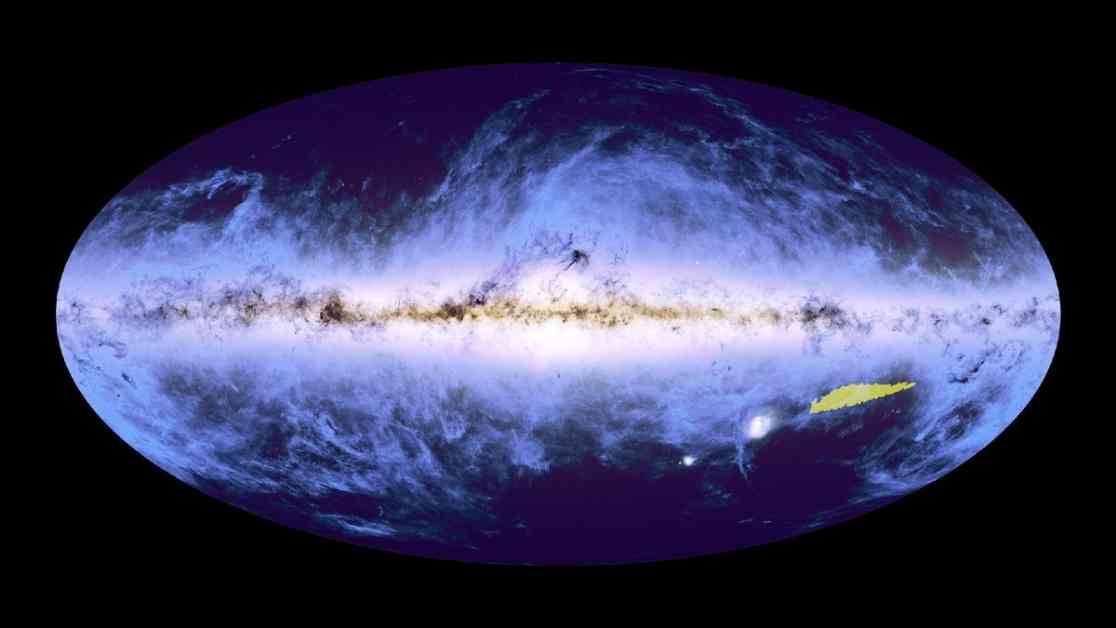The European Space Agency’s Euclid space telescope has unveiled the first section of what will be the largest 3D map of the universe ever created. This section is filled with 14 million galaxies and is just a fraction of a percent of the sky. The telescope, launched on July 1, 2023, is designed to help scientists study dark matter and dark energy, two of the universe’s most mysterious components.
The stunning image captured by Euclid is a mosaic of 208 gigapixels, showing a small portion of the night sky. Over the next six years, the telescope will map out one-third of the entire sky and image more than a billion galaxies. This will help scientists in their quest to understand the mysteries of dark matter and dark energy, which make up about 95% of the universe.
Euclid’s mission is 12% complete so far, with more releases planned for the coming years. Scientists are excited about the new possibilities this map will bring in terms of understanding the universe. The telescope’s deep field areas will be previewed in March 2025, and the first year of cosmology data will be available in 2026.
The study of dark matter and dark energy is crucial in unraveling the secrets of the universe. These components do not interact with light, making them difficult to detect directly. However, by observing their effects on the visible universe, such as gravitational warping on galaxies and the expansion of the universe, scientists can learn more about them.
Euclid’s work will provide valuable insights into these mysterious components and help advance our understanding of the cosmos. The released image, although just a small piece of the puzzle, is a significant step towards creating a comprehensive map of the universe. With more data to come in the following years, scientists are eager to delve deeper into the mysteries of the universe.










